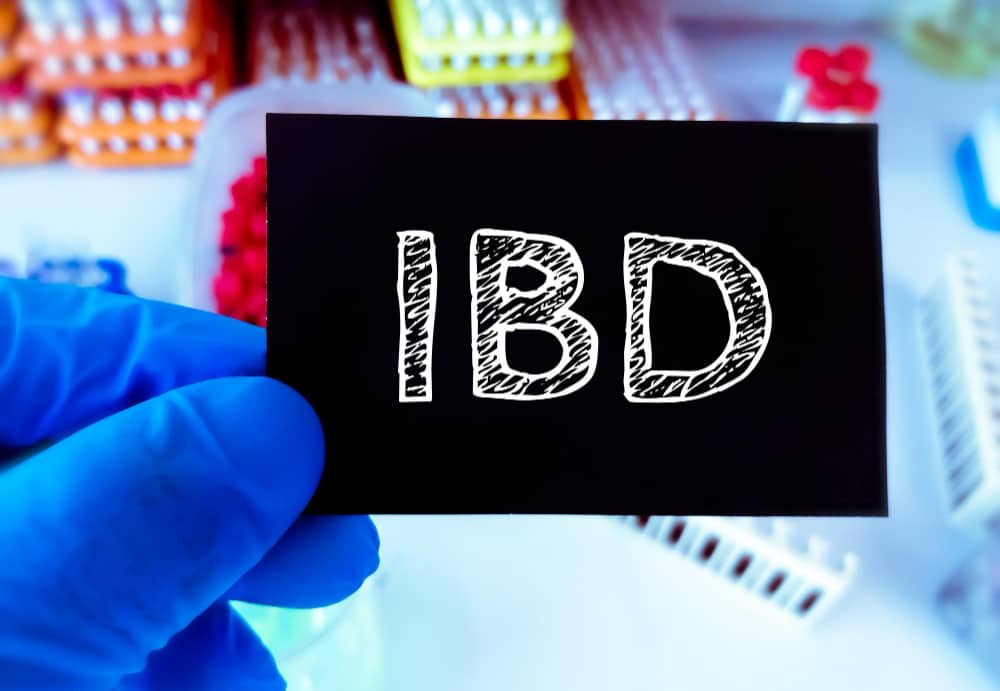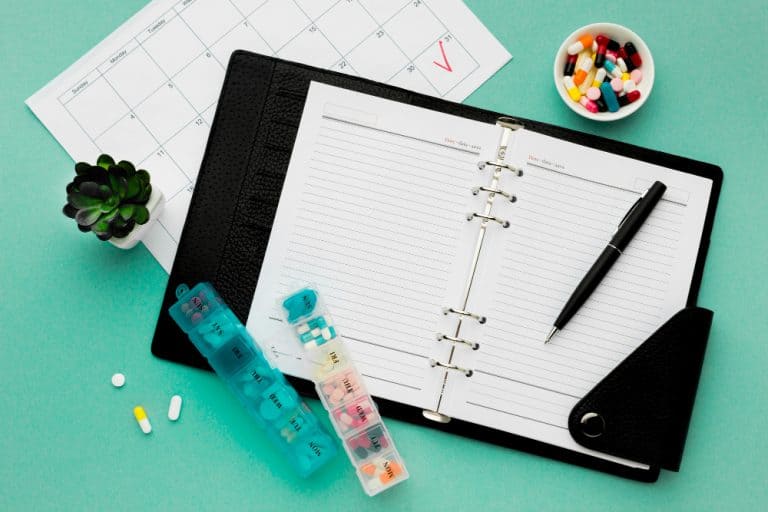If you are suffering from Inflammatory Bowel Disease (IBD), keeping track of your symptoms, medications, and diet is essential. An IBD journal can be a valuable tool to monitor your disease progression and identify patterns. In this article, we will guide you on how to start an effective IBD journal.
What is an IBD Journal?
An IBD journal is a document that records your daily activities, including meals, symptoms, and medications. By maintaining a journal, you can track your disease progression, identify triggers, and determine which treatments are effective.
Why is an IBD Journal Important?
There are many benefits to keeping an IBD journal. Here are some of the most important ones:
- Provides a comprehensive record of your disease progression
- Helps you identify patterns and triggers
- Helps you communicate more effectively with your doctor
- Provides a sense of control over your disease
- Helps you make informed decisions about your treatment options
Step-by-Step Guide to Starting an IBD Journal

Here is a step-by-step guide to starting your IBD journal:
Step 1: Choose a Journal Format
The first step in starting an IBD journal is to choose a format. You can use a paper notebook, a digital app, or an online program. The important thing is to choose a format that you are comfortable with and that you can use consistently.
Step 2: Determine What to Track
The next step is to determine what to track in your journal. Here are some of the things you may want to include:
- Daily symptoms (e.g., abdominal pain, diarrhea, bloating)
- Food and drink intake
- Medications and supplements
- Exercise
- Stress levels
- Sleep patterns
Step 3: Set Up Your Journal
Once you have determined what to track, it’s time to set up your journal. If you are using a paper notebook, you can create a table or use a pre-designed template. If you are using a digital app or an online program, you can customize the fields to track the information you need.
Step 4: Start Recording
The next step is to start recording your daily activities. Be sure to record everything accurately and consistently. It’s also helpful to record the time of day for each entry.
Step 5: Analyze Your Data
After a few weeks of recording, you can start analyzing your data. Look for patterns and trends in your symptoms, food intake, and medication use. You can use this information to make informed decisions about your treatment options.
Tips for Maintaining an Effective IBD Journal
Here are some tips for maintaining an effective IBD journal:
- Be consistent: Record your activities every day at the same time.
- Be accurate: Record everything accurately, including the time of day.
- Be thorough: Include all relevant information, such as symptoms, food intake, and medication use.
- Be honest: Don’t leave out information because you are embarrassed or ashamed.
- Be organized: Use a consistent format and keep your journal in a safe place.
Conclusion
An IBD journal is a valuable tool for managing your disease. By recording your daily activities, you can identify patterns and triggers, communicate more effectively with your doctor, and make informed decisions about your treatment options. Remember to choose a format that works for you, determine what to track, and be consistent, accurate, and thorough in your recording.
FAQs
Q1. How often should I record my activities in my IBD journal?
A. You should record your activities every day at the same time.
Q2. Should I record my emotions in my IBD journal?
A. Yes, it can be helpful to record your stress levels, Mood, and Energy…



